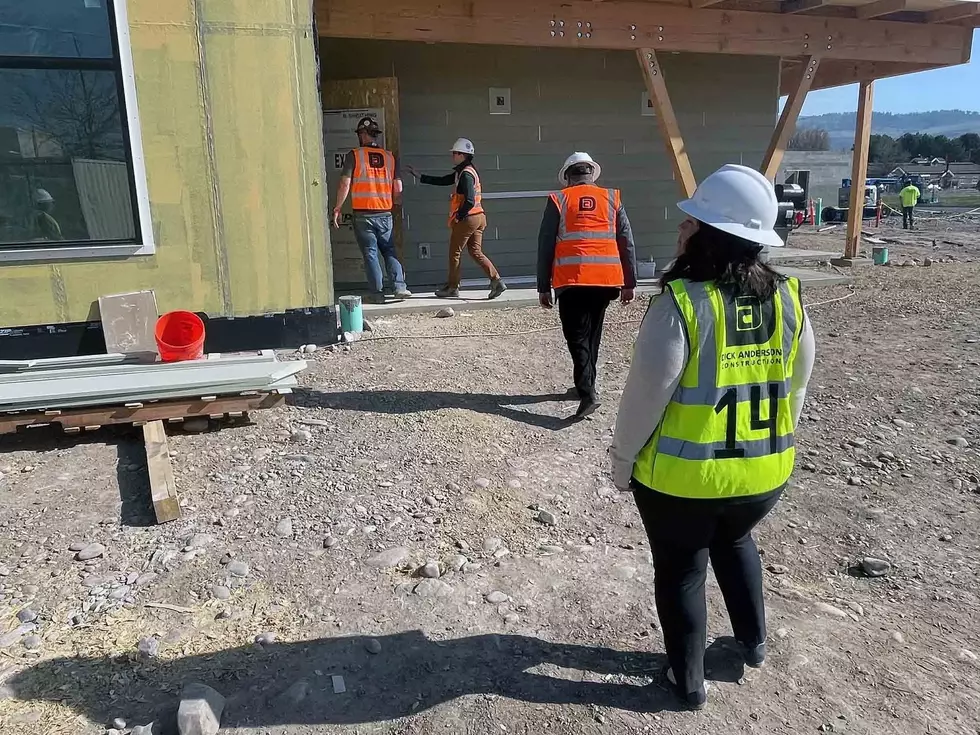
City approves bond, key agreements for Scott Street housing project
Martin Kidston
(Missoula Current) Several development agreements and a bond to complete what’s described as the largest attainable, for-sale housing project in the state cleared a key city committee on Wednesday, bringing the project one step closer to finalization.
The Scott Street development includes three key pieces with a blend of both income-restricted and market rate homes, a market-rate rental project and a commercial piece with daycare, and food and beverage.
To move the project forward, council members on Wednesday approved the donation of one parcel earmarked as a community land trust, along with a purchase and sale agreement with the city’s development partner, Ravara.
It also approved a resolution of intent to issue roughly $9.8 million in bonds to cover public infrastructure and to subsidize the cost of developing the workforce housing piece of the project.
“This is a huge step forward to try and create housing that is greatly needed in Missoula,” said City Council member Gwen Jones. “Years and years of work has gone into it.”
The city in 2020 purchased 19 acres off Scott Street formerly owned by White Pine Sash. The property was listed as a Superfund site and roughly 9 acres were cleaned to residential standards.
With the agreements approved by City Council on Wednesday, that 9-acre parcel will soon accommodate several hundred homes, along with greenspace and a commercial component.
“The Scott Street-Ravara project, but not for city government, would still be a Superfund site on the north side of town,” said Mayor Andrea Davis. “The private sector alone was unable to take on the cleanup and turn that into a community amenity. We’re now able to build affordable-for-the-workforce homes for purchase, which is something that doesn’t happen very often. We have very few tools as a municipally to actually build homes that are available for purchase to people who are earning their wages.”
The project also includes 225 market-rate rental units on an adjoining lot, along with childcare and commercial offerings. The entire project also includes an extended street grid, a cycle track, a bus stop and sidewalks.
John Adams, special projects administrator with the city, said the Missoula Redevelopment Agency will support the infrastructure, along with a $3 million contribution for the income-qualified housing.
“It’s the first application of MRA’s workforce housing program,” Adams said. “It’s the largest income-qualified community-land-trust project in state history, and it’s the first use of Montana’s Housing Infrastructure Bond Program in the state.”
Adams added that a number of agreements were needed to make the project work, including a resolution authorizing the donation of the land trust, a separate development agreement guiding aspects of the project, and a purchase-and-sale agreement.
Along with various loans and financing, the project is not only the first of its kind in the state, but it also demonstrates the challenges of building attainable housing in Montana.
“While there’s a lot of reasons city planning and policy pointed us to this project, probably the most important is the cost of housing in Missoula,” said Adams. “This project can’t fix that universally, but it’s an important step for some households and one that hopefully demonstrates the way tools like MRA’s Workforce Housing Policy and community land trusts can move us in the right direction.”
Ellen Buchanan, director of the MRA, said it’s likely that the entire bond amount won’t be needed.
“We have a lot of contingency built into those construction numbers because we have some unknowns that can’t be resolved until we’re out there on the ground and we know what we’re dealing with,” she said. “We think it’s a good bit less than that at the end of the day.”
Kiah Hochstetler with Ravara said the project includes a complex recipe of financing and agreements, and there aren’t any programs available in the state to guide the way. The project also faced certain headwinds including rising interest rates that hit 8.5% at one point, and construction costs that have climbed nearly 40% from when the project began to take form.
“There aren’t any programs for this. It’s something that’s novel for our community, novel for the state and quite frankly, novel for the nation we live in,” Hochstetler said. “We didn’t know the exact path to get there. We didn’t realize what kind of world we’d be living in today and the type of headwinds we’d have to navigate.”
Montana's Most Viewed Home on Zillow in 2023
Gallery Credit: Ashley
More From Newstalk KGVO 1290 AM & 98.3 FM









